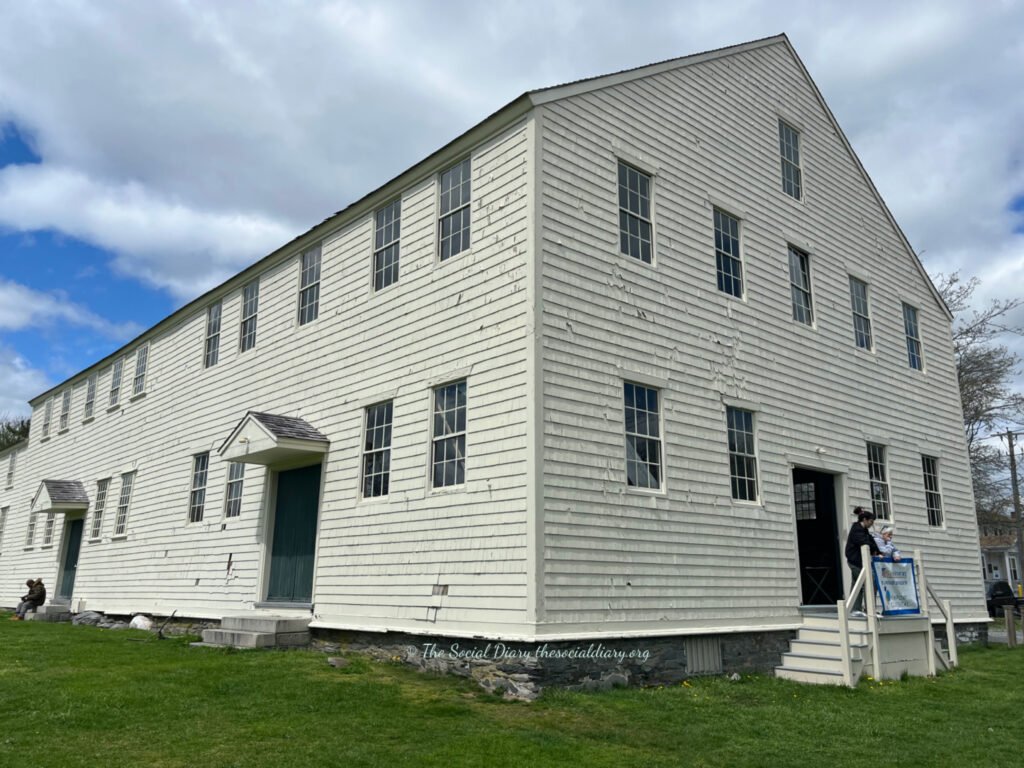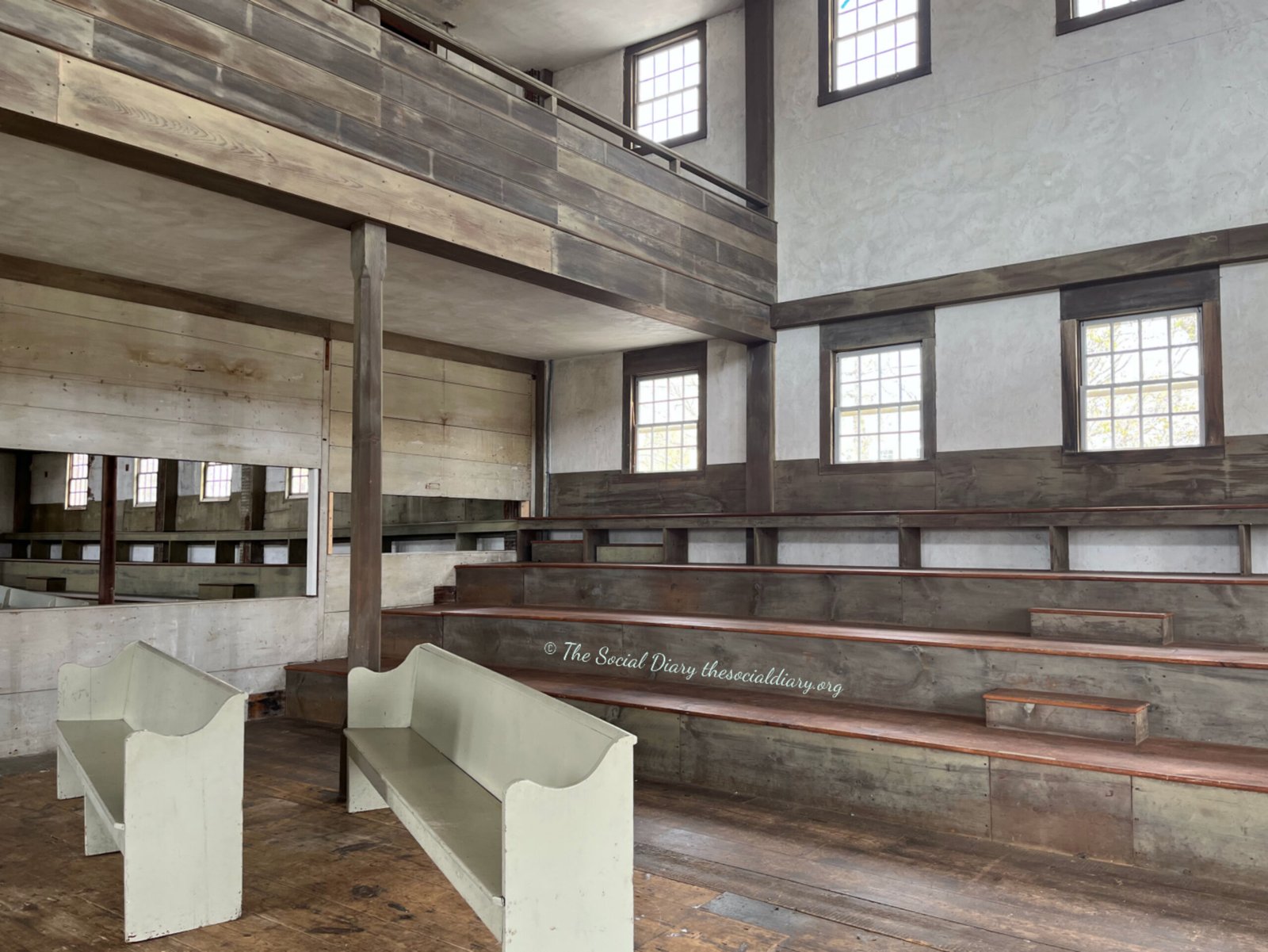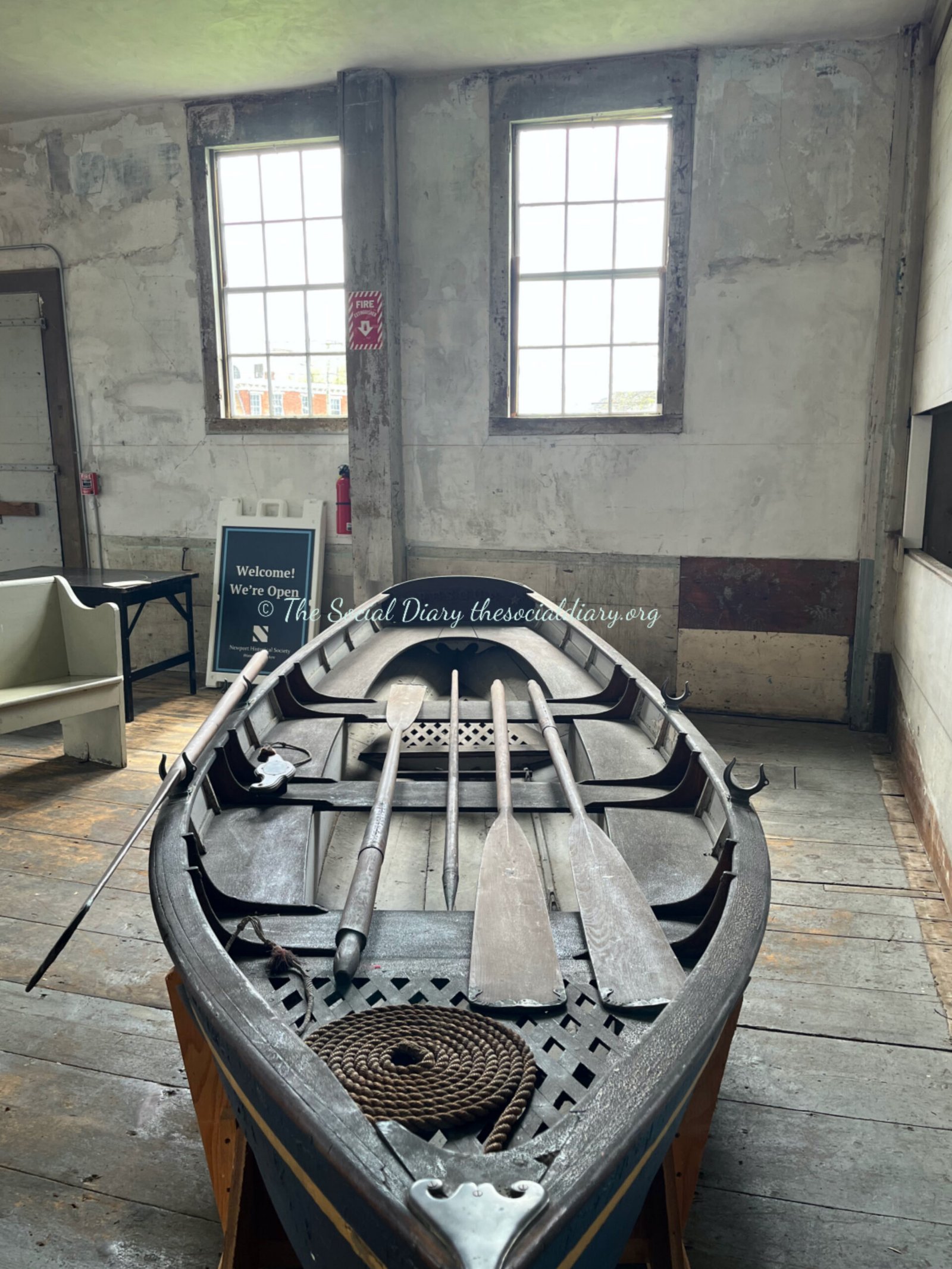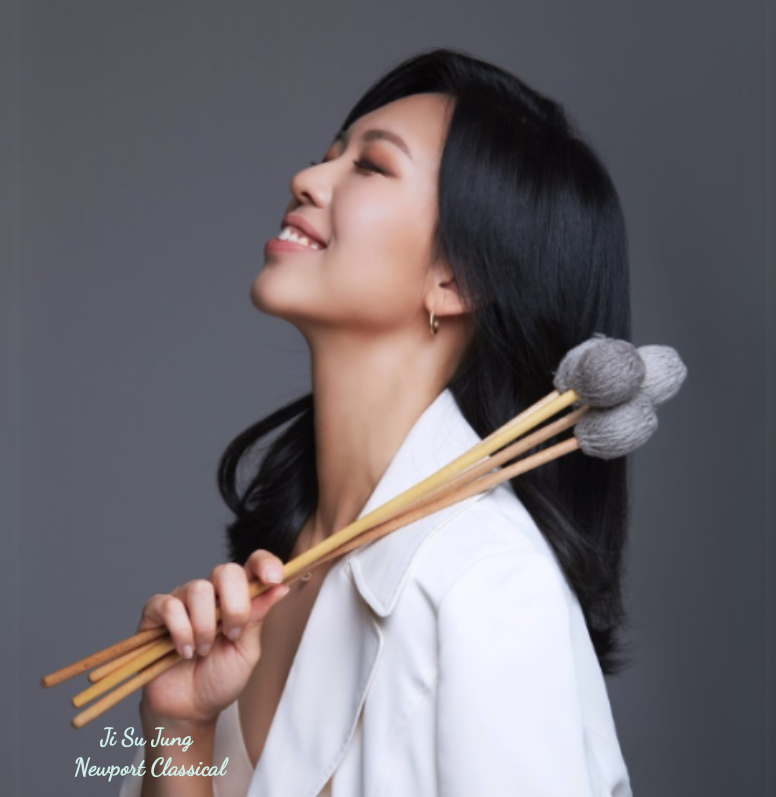Great Friends Meeting House in Newport was an ideal “rustic” venue for Ji Su Jung percussion performance. Additionally, this community concert series brought to you by Newport Classical, and presented by BankNewport is free and open to the public.
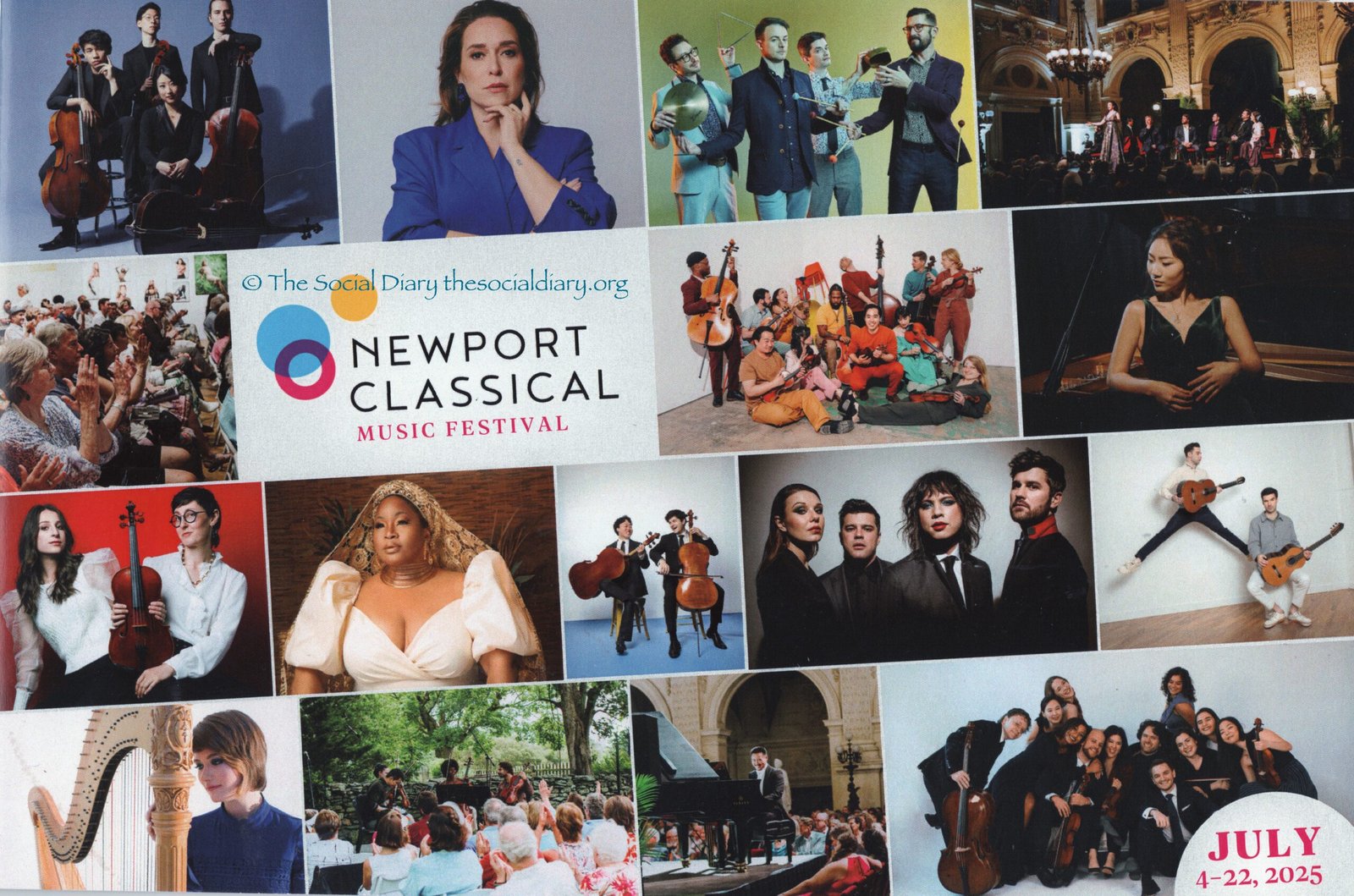
“Percussion Playground”: The Marimba
Ji Su Jung percussion performance is all about the Marimba, a musical instrument with wooden bars, struck with mallets to create the resonate sounds. Her performance in Newport is another first of its kind, since the Marimba is not a known instrument, in addition to not well publicised. Therefore, it was a special treat to listen to this accomplished solo artist play an instrument with unique characteristics.
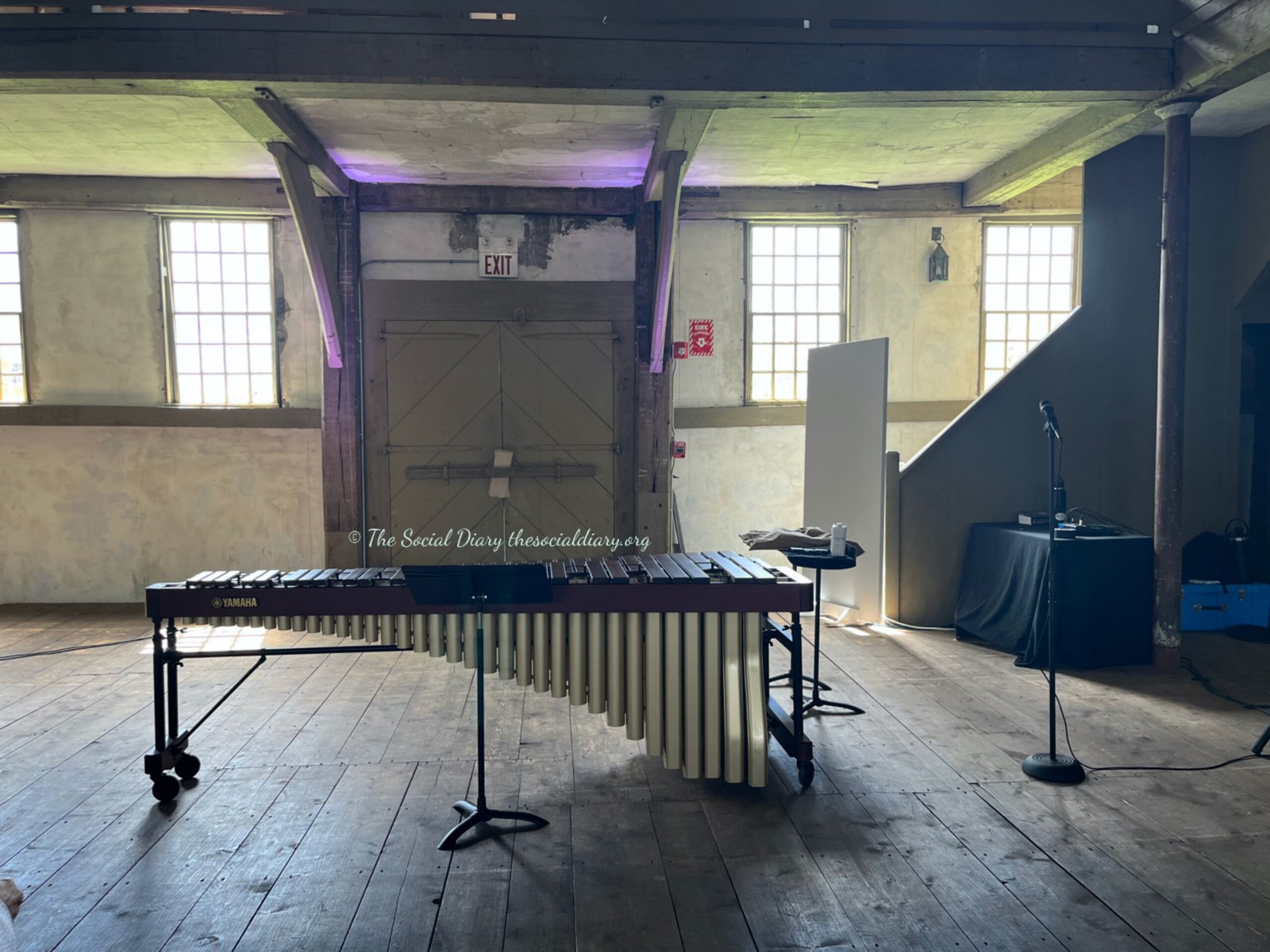
As Jung demonstrated, each mallet produces a different sound quality. From soft to “aggressive,” the sounds convey the emotion of each musical piece. The technique used is “striking” on its own. During the performance, Jung managed four mallets simultaneously, two in each hand.
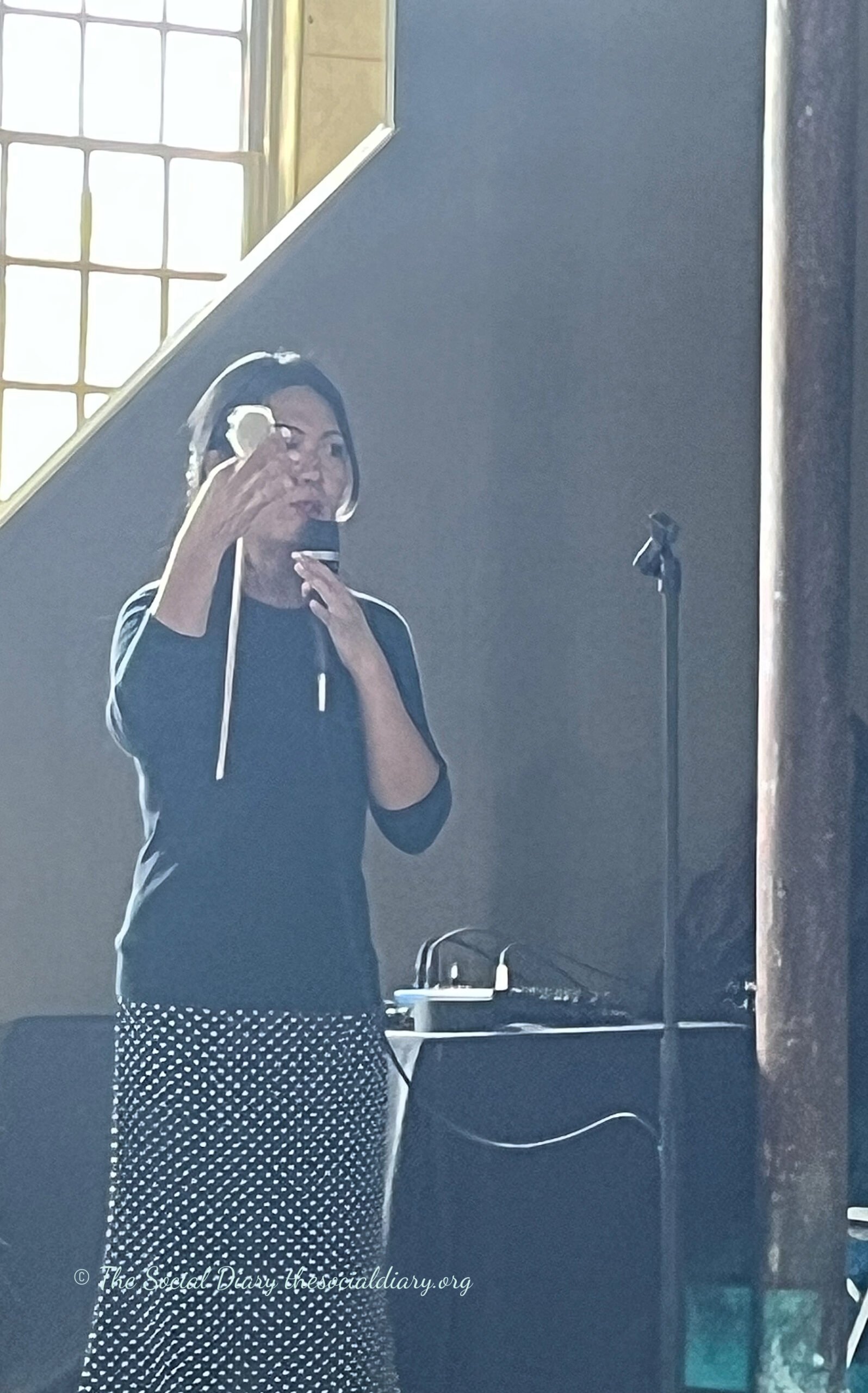
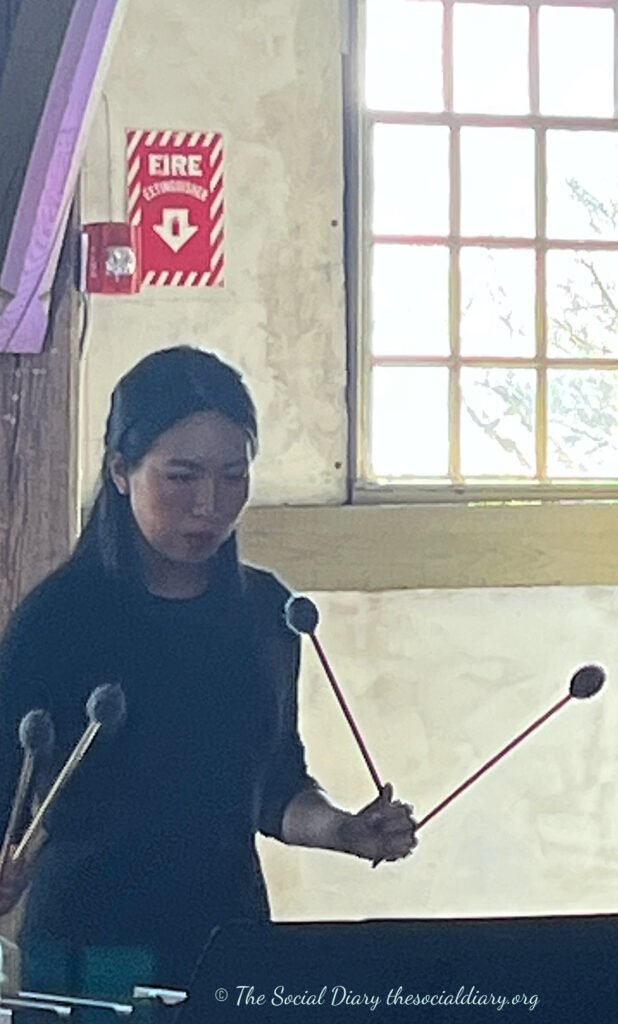
The Marimba bars are similar to the keys of a piano, both arranged chromatically. In March, The Social Diary had the pleasure of listening to classically trained pianist I-Heung Lee at the Redwood Library. Similarly, Jung, also classically trained on the piano, gravitated toward the Marimba because the sounds of the Marimba soothed her. Additionally, her musical journey began at the tender age of two years old.
Ji Su Jung: The Artist
This is Ji Su Jung’s first Newport performance. The Social Diary was excited to attend, especially because we never saw a “solo” Marimba performance. Struck, shaken or scraped, percussion instruments are the unsung heroes, in our honest opinion. Moreover, Jung is also the first percussion solo artist to ever receive the prestigious Avery Fisher Career Grant (2022).
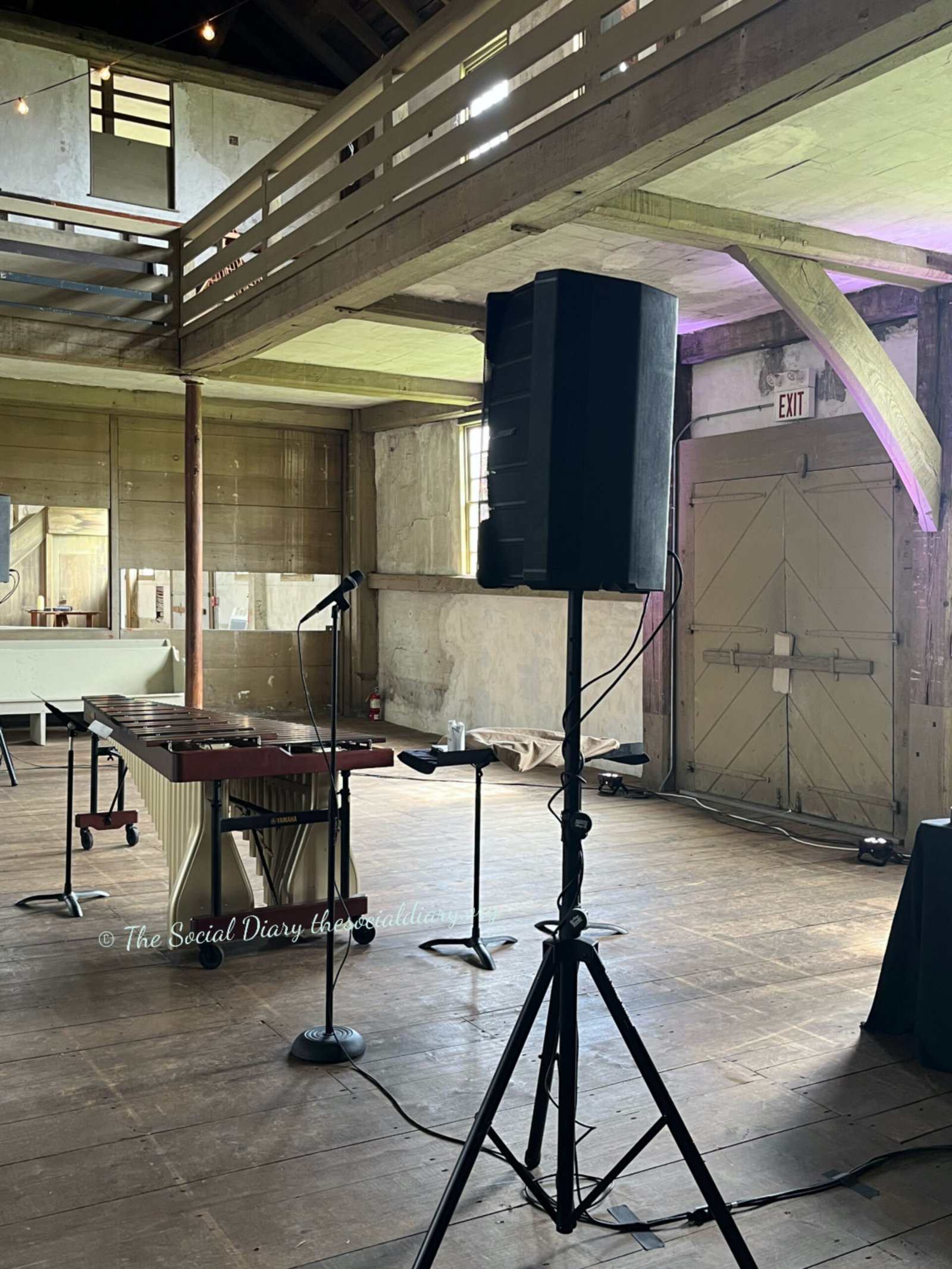
Jung’s musical renditions included works from Phillip Glass (No. 2), Bach (Lute Suites) and Joan Tower (Clocks).
Great Friends Meeting House
The building is an historical landmark. Built in 1699, it is the oldest surviving house of worship in Rhode Island. The building is a simple structure. Basic in aesthetic and design. It exudes the Quaker lifestyle, a belief in the “inner light” not outward vanity. They also believed in silent prayer, meditation and reflection.
